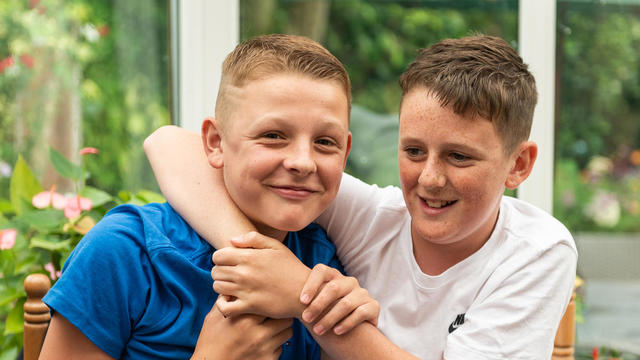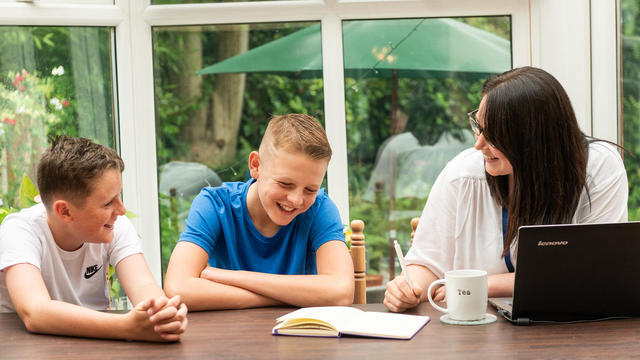Building Spaces that Care: How the Right Environment Uplifts Wellbeing
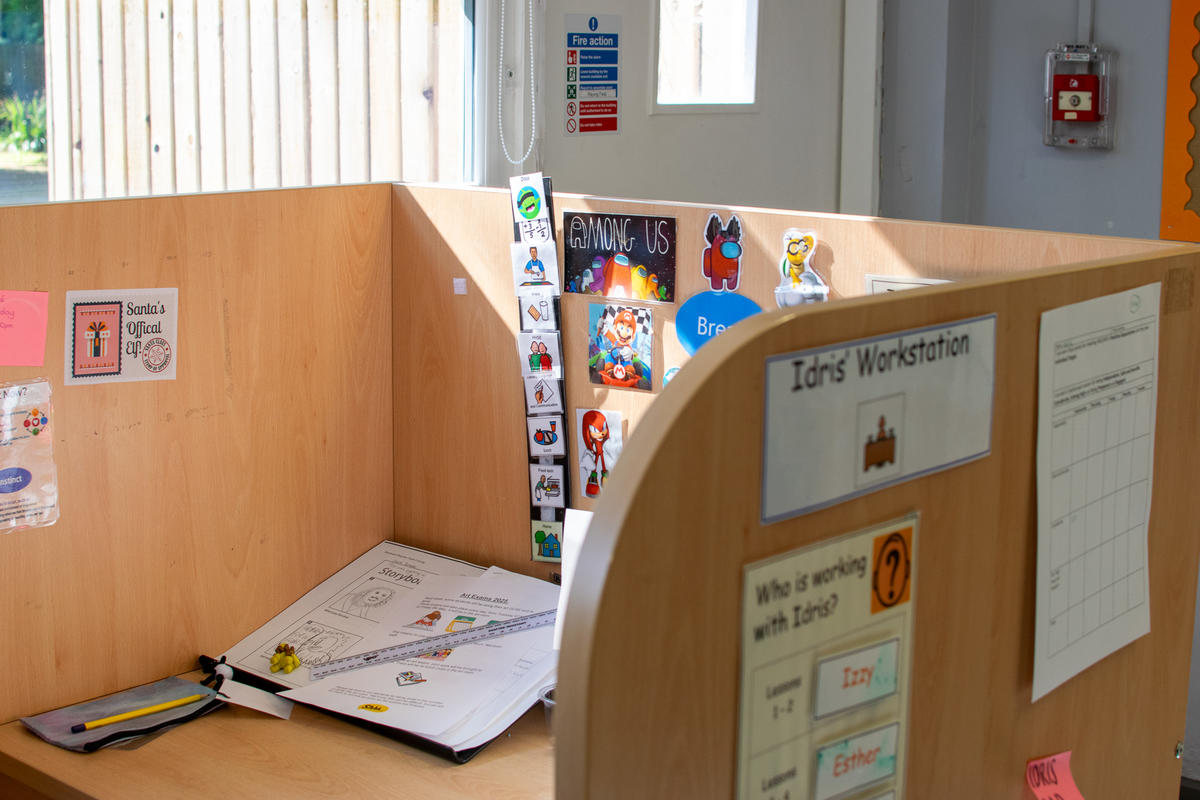
Most of us don’t give a second thought to the buildings around us – until something goes wrong.
A draughty window or a leaking roof quickly reminds us how much our environment affects our day… and our mood. Beyond those everyday annoyances, I’ve seen first-hand that the physical spaces where we educate, learn, care, and work, can deeply influence our health and wellbeing.
In care and education settings especially, the building – designed with consideration – sets the tone for everything that follows. It can either uplift and relax us or frustrate and stress us. And that’s true not just for the people we support, but for all of us.
When a Building Becomes Part of Care
A few years ago, I had the privilege of leading the design and development of a new hospice building at St Ann’s in Stockport. I still remember listening to patients and their families on why having a private room was not only about privacy and dignity, but also a place where the family could laugh and joke, sharing memories, without disturbing other families.
Seeing it come to life, I realised a thoughtfully designed building isn’t just a backdrop for care at all – it actively enhances the care we can provide. In fact, I came to view the building itself as an important member of the care team, quietly doing its part to comfort and support everyone who walked through its doors.
I remember at the time, a purpose-built facility, shaped by input from each specialist team and member of staff, can directly contribute to a better experience for patients and families. In other words, the right environment uplifts, relaxes, and improves the very care we strive to deliver.
That insight stays with me as we look at all our environments across the Together Trust. Whether it’s a classroom at a college, a sensory room at a day centre, or a garden at a children’s home, the principle is the same: good environments = good care.
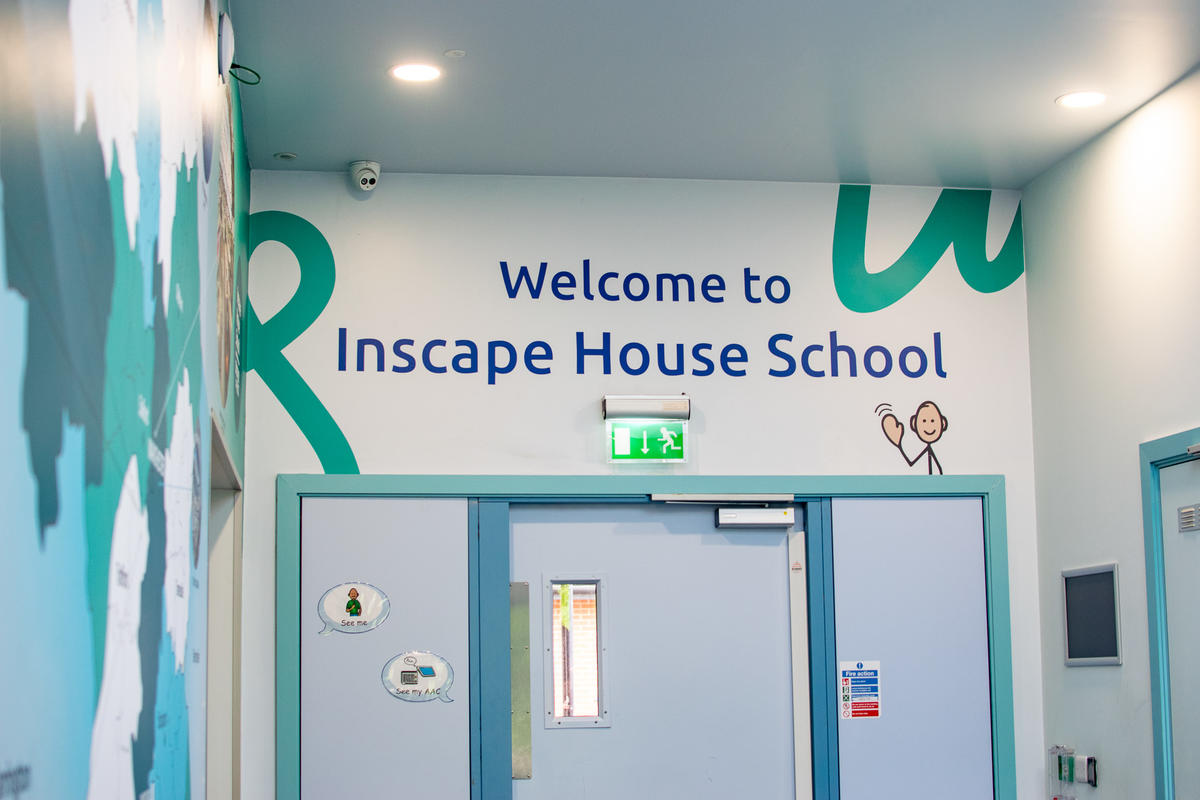
An old building with awkward corridors and harsh lighting might technically house a service, but a well-designed space that’s safe, comfortable and engaging can inspire a whole different level of wellbeing.
And it’s not just intuition or “feel-good” talk – there’s increasing research and evidence behind this. For example, healthcare design experts emphasise that features like natural light, home comforts, and access to nature can reduce stress and help people cope better.
One famous study even found that hospital patients with a view of trees recovered faster than those facing a brick wall – a reminder that the environment can literally influence health outcomes.
Designed for Difference
The impact of the built environment is especially profound when we consider people with autism, complex needs, and other neurodivergent conditions.
Many individuals with autism experience the sensory world very differently – by some estimates, up to 84% of people with autism have notable sensory sensitivities.
Bright fluorescents, echoing noise, confusing layouts – things a neurotypical person might tune out – can be overwhelming triggers for someone with autism, leading to anxiety or challenging behaviours.
If you’ve ever seen a person we support become distressed in a loud, bustling corridor, or retreat from a room with too much stimulation, you’ve witnessed how the environment and the individual are in constant interaction.
The flipside is that a well-designed environment can significantly improve comfort, behaviour, and outcomes for those with autism or complex needs.
There’s a growing field of research on autism-friendly design, and it consistently highlights a few key principles. In one scoping review of built environments for people with autism, researchers identified three main factors to focus on:
- the sensory quality of the space;
- its intelligibility, and;
- its predictability.
In simple terms, an autism-friendly environment should carefully manage sensory inputs (lighting, sound, colours, textures) and be easy to understand and navigate (clear layouts, clear signage), with an overall sense of consistency so there are no unpleasant surprises.
Imagine, for instance, a school designed with acoustic damping in the ceilings, adjustable lighting, and distinct zones that are clearly marked and purpose-specific – such an environment is far less likely to overwhelm, and more likely to empower a young person who might otherwise struggle in a chaotic setting.
These aren’t just theories. Practical examples show how adjusting the environment can make a tangible difference.
One recent study in a healthcare context found that providing a quiet, sensory-adaptive room – dimmable lights, soothing sounds, some soft furniture or even a weighted blanket – helped children with autism stay calm and participate more fully during medical visits. The children experienced less sensory overload and showed fewer signs of distress, simply because the space itself was helping to regulate their senses.
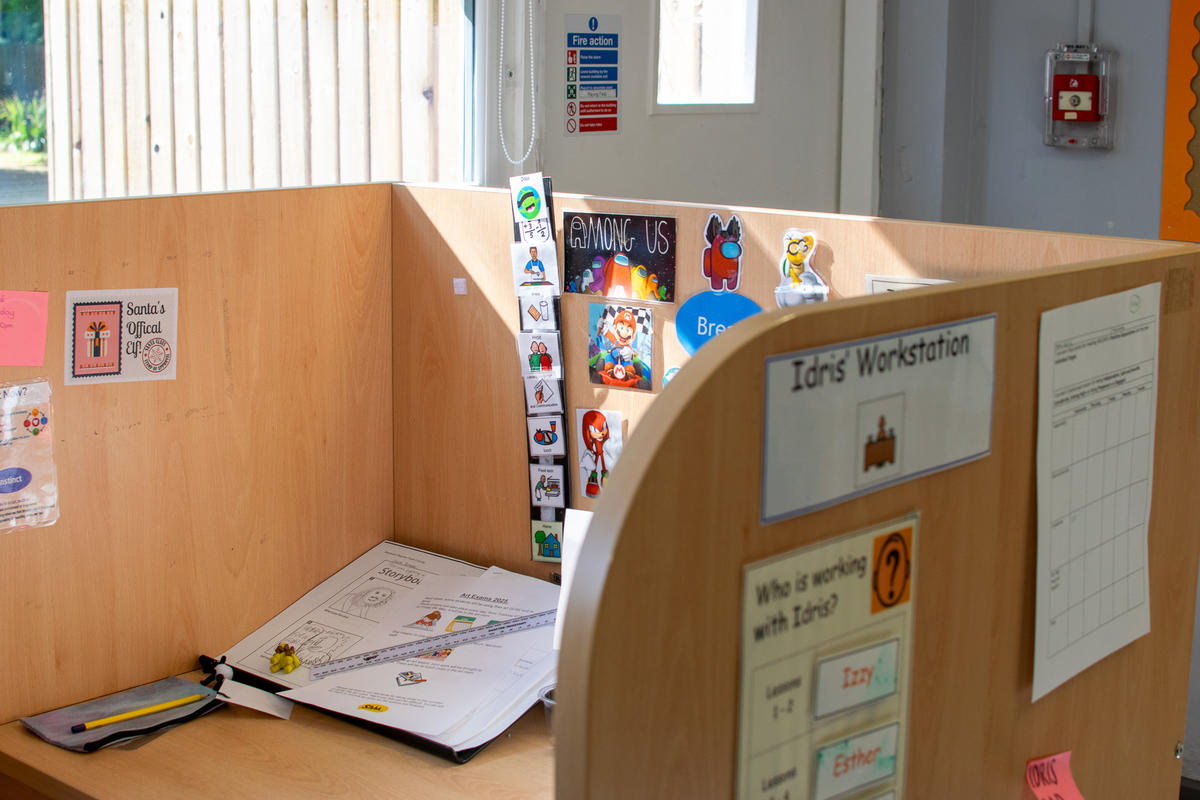
We can draw a direct parallel to our education and care settings: a well-thought-out quiet room or sensory space in a school can be a refuge for a student feeling overwhelmed, allowing them to reset and return to learning in a better state of mind.
Likewise, predictable, structured environments can reduce anxiety – things like having clearly defined personal areas, consistent colour-coding or visuals for navigation, and avoiding cluttered, chaotic rooms all help the people we support to make sense of their surroundings and feel safe.
Crucially, designing for neurodiversity doesn’t mean making spaces sterile or overly controlled. It’s about offering choice and flexibility.
At Bridge College, for example, the building was designed to include a variety of spaces with different levels of privacy and stimulation – from a large central courtyard for group activities, to smaller one-to-one rooms and little nooks off corridors for moments of calm.
That philosophy – providing options for interaction or retreat – runs through the whole building. It means a student who might be getting overwhelmed in the busy cafeteria knows there’s a cosy corner or a sensory room nearby where they can go to feel grounded. In the end, it’s about respecting individual needs through the environment.
By doing so, we not only improve outcomes (like better focus, fewer incidents of distress, more engagement in activities) but we also communicate a powerful message: you are understood and valued here, and this space was made for you.
Building for the Future
Understanding the link between environment and wellbeing is one thing – acting on it is another. Across the Together Trust, we’re taking concrete steps to invest in our buildings and facilities, because we know that investing in buildings is really investing in care itself.
We’re mapping out what’s needed, asking how each building can better meet the evolving needs of the people who use them, and making sure no environment is left behind as we grow.
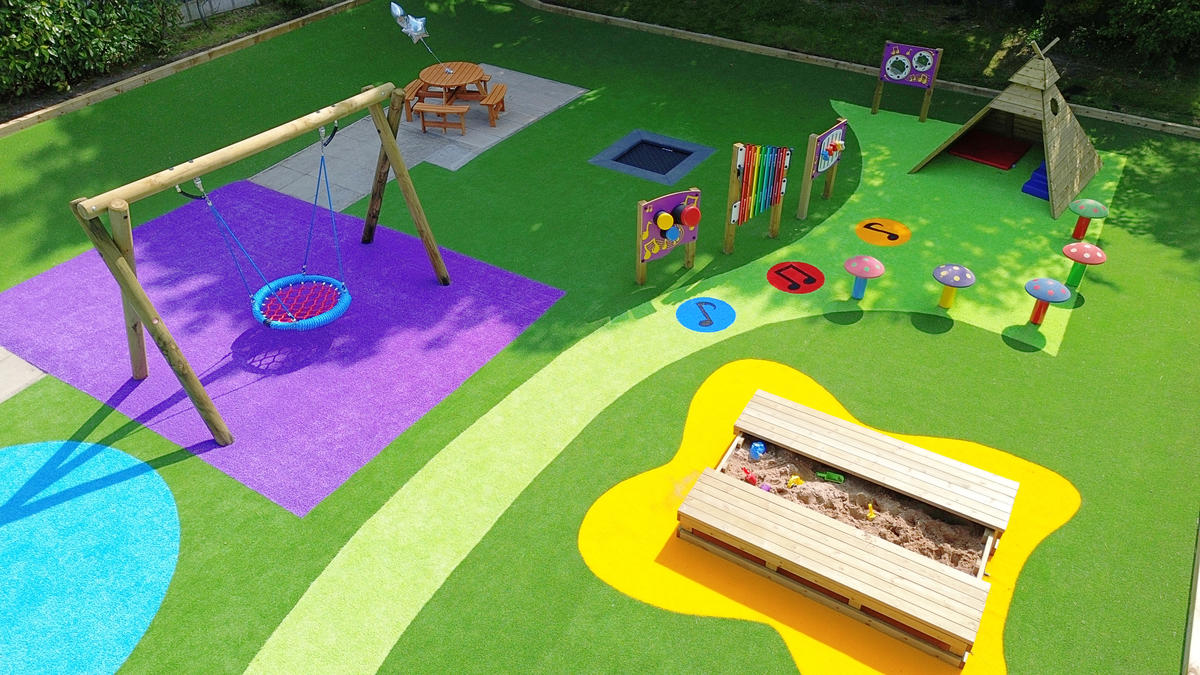
Each of these projects is about more than bricks and mortar. It’s about aligning our physical spaces with the outstanding work our teams do every day.
When Bridge College gets new classrooms, we’re not just hitting a project milestone – we’re saying to our students and staff you deserve space to thrive.
When Inscape House School embarks on designing a new building, we’re acknowledging that our learners have unique needs and deserve a school environment built around their strengths, not one that forces them to fit in.
And as we look to Newbridge’s future, we’re reinforcing our commitment to innovation and forward-thinking in how we deliver care and support. All of this is firmly in line with our Together Trust Growth Strategy 2025–30, which recognises that to grow and improve as an organisation, we must have the right infrastructure and environments in place to champion the ambitions of the people we support.
Why a Good Environment Benefits Everyone
It’s worth remembering that better environments benefit all of us – the people we support and the staff team alike.
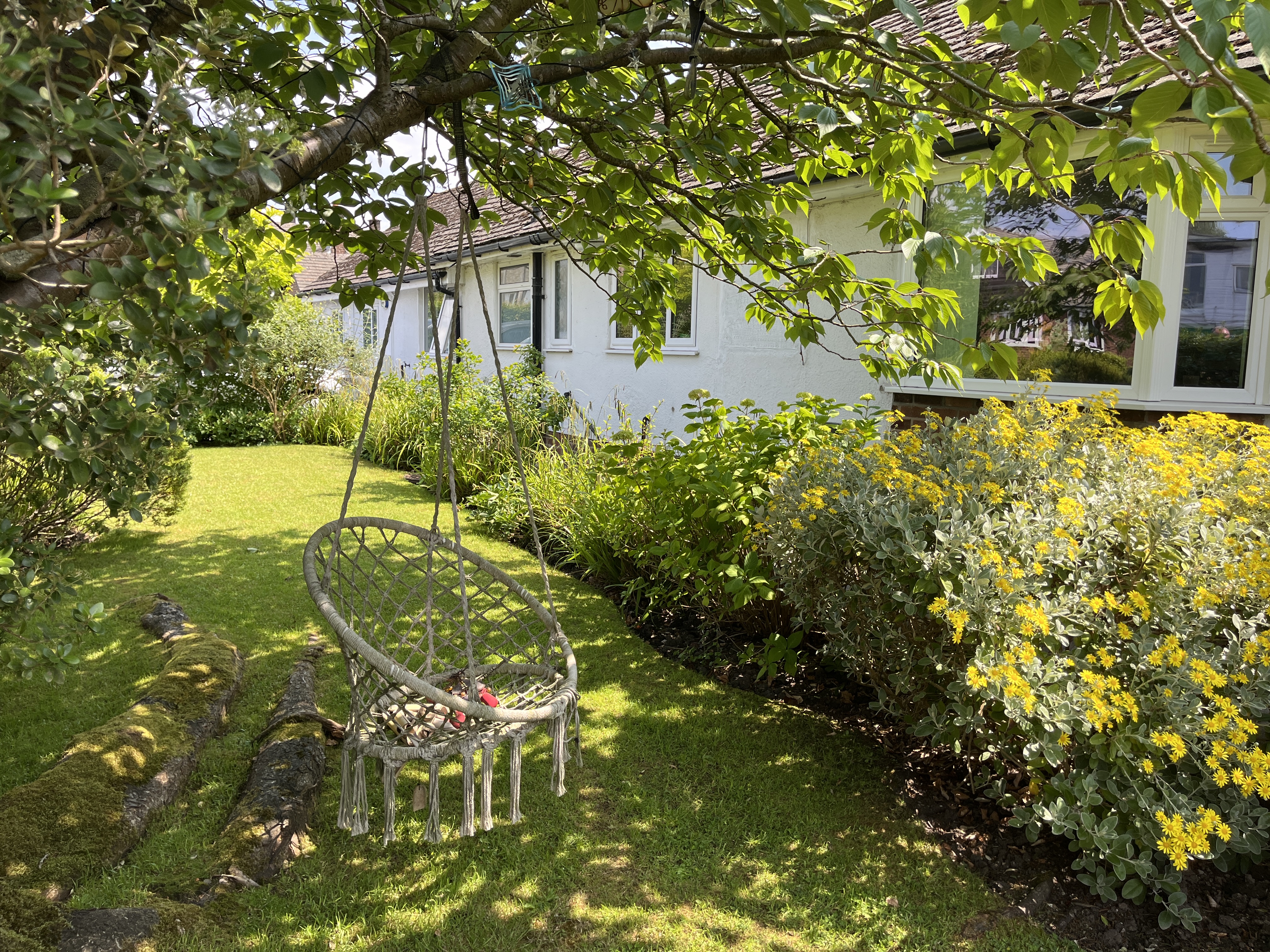
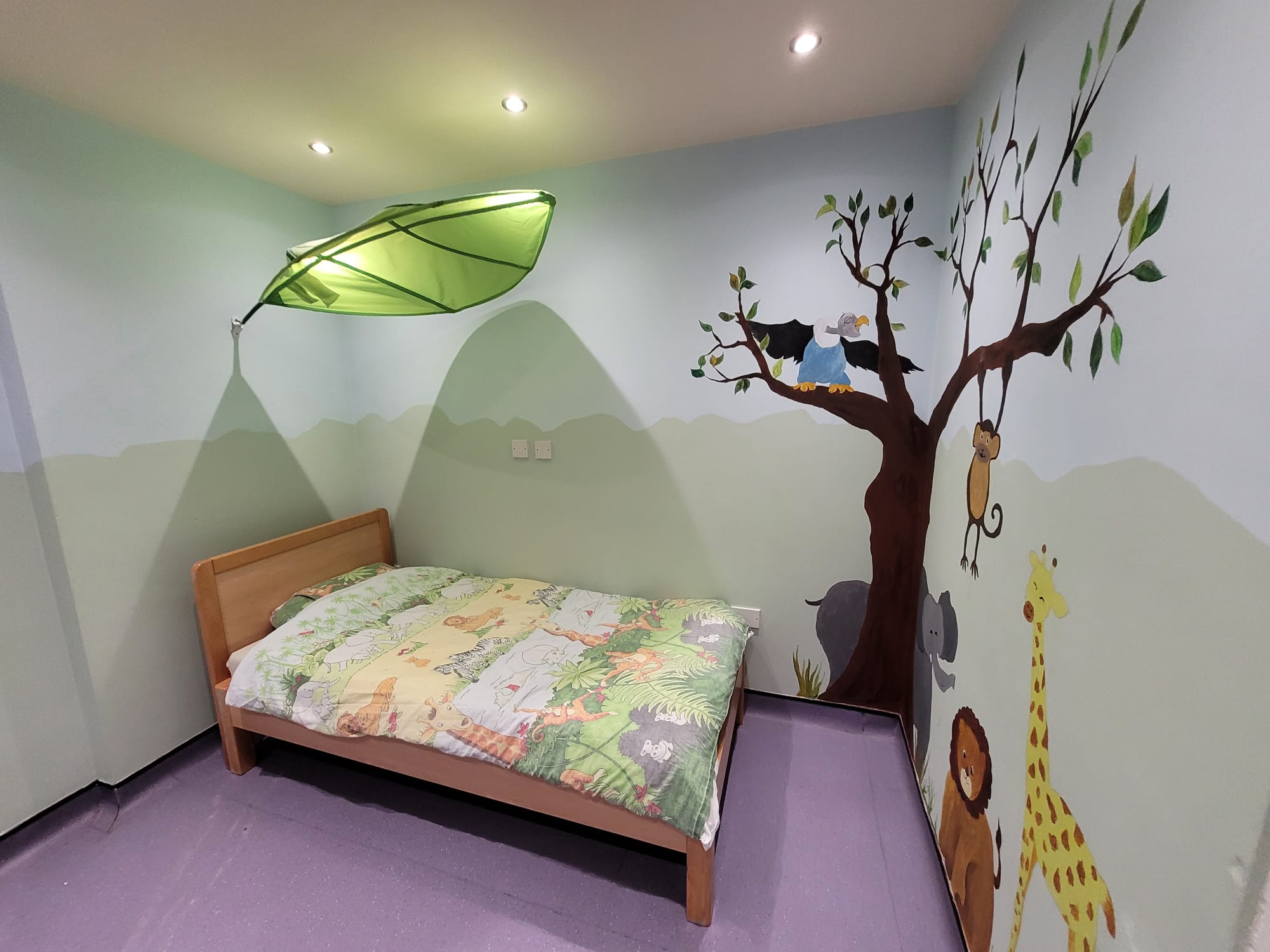
A thoughtfully designed building tends to be a more efficient and pleasant place to work. Consider how it feels to come in on a morning: entering a clean, light-filled reception versus a cramped, dim one; walking through hallways that are colour-coded and logically laid out versus a maze of doors; having a calm staff room or outdoor corner to decompress on a tough day versus no private respite at all.
These details add up. In fact, research in healthcare settings has noted that design features which might seem mundane – shorter walking distances between stations, clear signage, well-organised teamwork areas – make a real difference in reducing staff fatigue and frustration.
When we don’t have to waste energy navigating a poor layout or hunting for a meeting space, we can put more energy into what really matters: caring, educating, and supporting.
And when our workplaces lift our spirits (through things like natural light, a garden view, or even just good acoustics that keep the noise levels comfortable), we carry that positivity into our practice. It’s a simple equation: happy staff, happy care.
So, investing in buildings is not a luxury or an optional extra – it’s a fundamental part of delivering quality care and education.
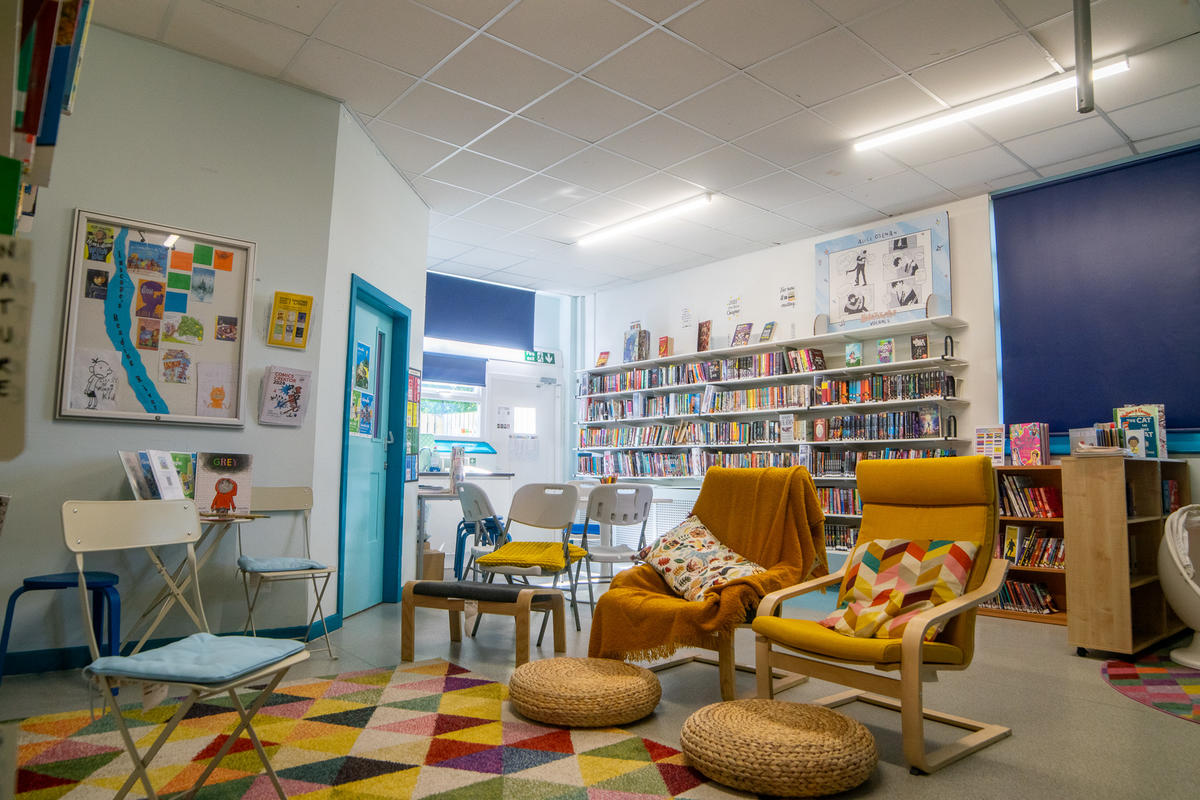
At the Together Trust, we’ve always believed in person-centred care; now we’re extending that philosophy to our bricks and mortar. The environments we create are yet another way to put the person at the centre.
As we celebrate the launch of our new classrooms or the first plans drawn for Inscape’s new school, let’s remember why we’re doing it. We’re doing it because a well-designed space can spark a smile, calm a meltdown, inspire a lesson, or simply make someone feel safe and “at home” in our services. We’re doing it because when we future-proof our facilities, we future-proof our mission to care, educate and support for years to come.
Together, we’re not just building buildings – we’re building better futures. And the walls around us, when built with thought and heart, will continue to care long after we’ve cut the ribbons and moved in.
Here’s to creating environments that let every person – and every team member – thrive within them.


